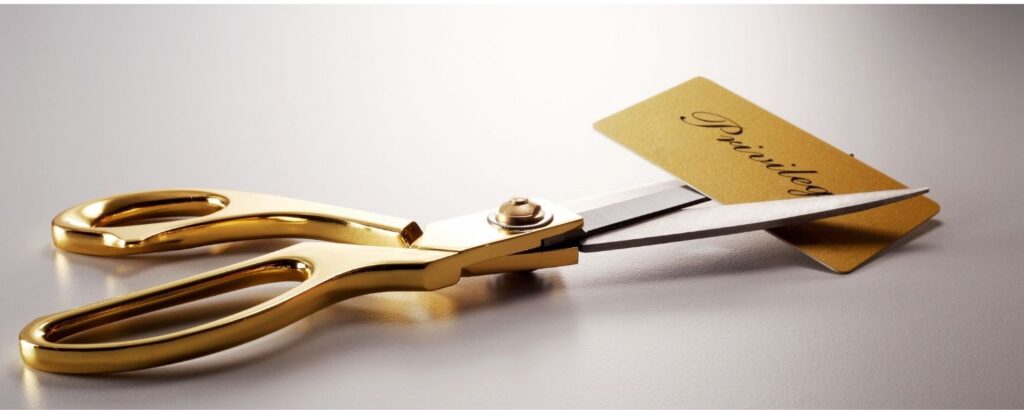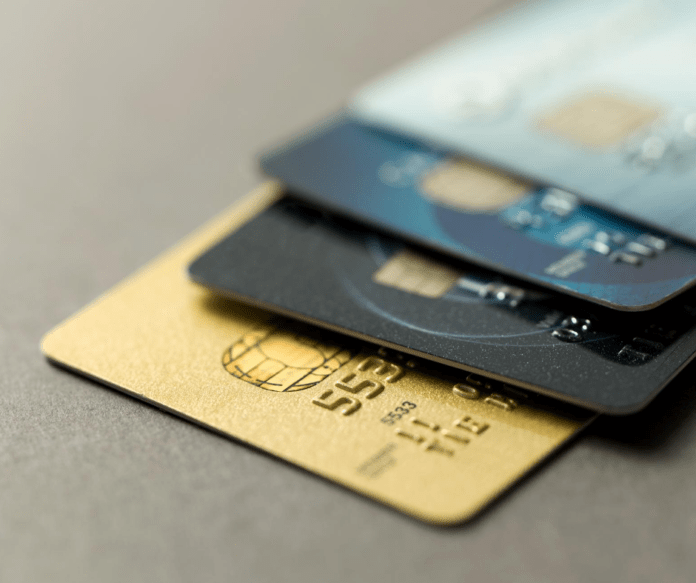Credit cards are a great way to build points in your favorite loyalty program quickly, but we all want to know how to spot a great credit card bonus from a bad one.
What Is a Credit Card Bonus?
Most credit cards offer something of benefit to new account holders. It’s important that would-be customers see the value of changing their spending habits, applying for a card, and using it for purchases going forward.
A credit card sign-up bonus is a bulk amount of value (usually airline miles or points) that attract a new customer to move their business to the new product. A spending requirement will be attached to the bonus to ensure the bank is recuperating some of its investment in the form of fees charged to merchants (not the cardholder) as it is used on purchases.
Typically, a sign-up bonus is just enough to be within reach for most credit card users, but high enough that they are attracting the right type of customer. Many credit cards require the customer to spend $3,000 on purchases in the first three months of holding the card. Sometimes, the spending threshold will be lower, other times it can be higher.
Many credit card issuers have moved the standard requirement to spend $4,000 on purchases in the first 90 days to incrementally improve the customer they are acquiring and get a little more from their initial investment.
Why Do Banks Give Bonuses for New Accounts?
Banks (credit card issuers/credit card companies) need new accounts to grow their businesses. Some of their customers will fall away, others will enter hardship, still more will grow tired with the product and want something new – growth is the only solution and it’s expensive.
When a customer signs up for a new product like the Chase Sapphire preferred card for example, they are excited and looking forward to the card’s arrival. They have likely mentally spent some, if not all, of the bonus points they will receive.
A credit card company needs to firmly plant itself as “top of wallet” a play on “top of mind” and become the customers first choice for every purchase. If they are unsuccessful with this in the first 90 days, it’s unlikely the cardholder will choose later to make the card their primary purchase tool. It takes 21 repetitions to form a habit for most human beings, but we don’t necessarily use our credit cards every single day.
The bonus offer keeps a nice big carrot dangling in front of the customer to ensure that they are using their card for everything so that they can take that vacation they have been looking forward to.
How to Spot a Great Credit Card Bonus

With all of the marketing buzz words and exaggerated hyperbole, how can the average customer tell when the credit card is worth pursuing and when to hold off?
As a general rule, I don’t apply for any card that will return less than $400 to me after any costs (like an annual fee) are considered. Calculating what points or miles are worth can be a tough game to play, but outside of search results, here is an easy rule of thumb: Shop three trips you might take in the future.
Pick one that’s cheap (a one-hour flight), one that’s expensive but reasonably possible (a trans-continental flight from Boston to San Diego in coach) and the last should be extravagant (Fiji, Maldives, Bangkok, Paris, Hawaii, etc.) Get a cash price for each of those trips and how many miles it would take to fly them. For example, Pittsburgh to Chicago is $100 roundtrip or 15,000 points. Boston to San Diego is $400 roundtrip or 25,000 points. Los Angeles to Paris in business class is $3500 or 120,000 points.
Each one of those will provide a valuation of the points of any program in the most personal way possible. For the first trip, $100/15,000 points = 0.667¢/point, the second is $400/25,000 points = 1.6¢/point and the third is $3500/120,000 points = 2.9¢/point. The average of the three is 1.7¢/point. With that pesky math out of the way, consider a sign-up bonus of 50,000 points at 1.7¢/point comes to a value of $863.94. Reduce that by the cost of the annual fee ($95) and the value drops to $768.94.
A truly great card bonus will have a few components. The minimum spending requirement will be something you can obtain. You have an immediate use for the points after you spend the minimum within three month from account opening. The value is outsized when compared to normal offerings.
A normal range of value is between $600-800. If a card comes out with 100,000 bonus miles for $149 annual fee and $10,000 of minimum spending with a value per point to me of 1.5¢ then I would probably get the card. Why? Let’s do the math. 100,000 x 0.015 = $1,500 in value, less the annual fee of $149 ($1,351) and I can reasonably hit the spending target within the three month period (it would be a stretch, but I could do it.)
It can be tempting to think of all of the miles after you spend you minimum that could take you all over the world. Valuing the travel when you redeem points is satisfying and really opens the world up to anyone and everyone. However, there is a finite limit of the amount of credit you can have with any one bank so choose the offers wisely.
That said, you should always consider your personal circumstances first. If you have a habit of not paying your credit card off in full every month (carrying a balance) you really need to attack that problem before adding more potential pitfalls to the mix.
Enduring Value of the Card

After the rush of collecting a new sign-up bonus and watching your account inflate but tens of thousands, sometimes hundreds of thousands of points, you might ask yourself if there is good reason to stay with that card. It’s a good question and so many people have asked it that the banks have added additional value that lasts beyond the initial bonus.
Some hotel cards add value for continuing to hold the card and paying the annual fee by providing free night certificates, some airlines do the same with $99 companion tickets. Almost anyone can see the value in holding onto a card with a $75/year fee that gives them a hotel night worth $200, or a $99 companion ticket along with their $95 annual fee for a flight that could cost them $400-600.
But that’s not really enough of an incentive for customers to spend on everyday purchases. As mentioned before, card issuers want you to use their card for every purchase but if other cards offer greater incentive then it will be hard to hold on to you as a customer.
Many banks now offer point multipliers for category spending. Those categories are the most frequent from consumers and, thus, keeps their cards constantly in customer wallets. For example, grocery stores, as a category will award more points than other types of purchases on many cards like the Chase Ultimate Rewards products right now.
Many will help customers avoid paying foreign transaction fees, a huge benefit to those traveling abroad. Other cards, like the Chase Sapphire Preferred card also allow bonus point (2x) earned on travel purchased. It’s big brother, the Chase Sapphire Reserve sweetens the pot with 3x earnings onn travel to keep heavy travelers using the card constantly.
Since we have been talking about the Chase Sapphire Preferred and Reserve cards, another long-lasting benefit of the card is that the points earned (Ultimate Rewards) are flexible. Instead of being dedicated to earning just one type of airline miles or points, Chase Ultimate Rewards can be transferred to hotel and airline partners in its program so customers don’t have to be limited to one airline or hotel chain when travel arises.
Those customers can also redeem through Chase Ultimate Rewards travel portals which allow a customer to spend those points as if they were cash. For example, Chase doesn’t partner with Delta Air Lines, but if that’s who flies the exact flight you want, you can shop it through their travel portal and spend points instead of cash to make the purchase and still fly for free.
Customers must look at the enduring value of a credit card before selecting one for which to apply. If you can’t see yourself using the card for everyday purchases, most simply will not carry more than a few cards in their wallets. Instead, the card sits in a sock drawer and worst of all, may still incur an annual fee long after the customer has forgotten about it.
Never Cancel a Credit Card

As discussed in another post, you should never cancel a credit card if you can avoid it. Many banks offer free versions of their premium cards, and those that don’t will have some form of a “no annual fee” credit card. Switching to this product keeps the line open at no cost to the customer. It helps credit scores to improve by adding on-time payments in full each month ($0 due/$0 paid), keeps utilization low ($0/credit line is 0% utilization), maintains credit diversity (credit mix), and extends credit history length.
I have many credit cards that were formerly products that required an annual fee, which I moved down to a free version and keep for this very purpose. Never cancel a credit card.
Conclusion
It can be hard to navigate through the marketing buzz of credit card offers and determine which are great deals and which are not. By shopping the value of potential trips, a customer can ascertain the value of a card as it would apply to their exact preferences and situations. Generally speaking, credit card sign-up bonuses should be attainable, exceed $400 in value, and immediately usable for the customer.
What do you think? Have you found a great credit card deal? Share your story in the comments.










